Hello, my name is Yaphet, and I’m interning at UCSD in a program named ENLACE; this program is created to make high school students from Mexico and the US feel a college experience while getting out of their comfort zone doing internships in many STEM areas. Well, the leader of the lab is Dr. Zheng Cheng, However, I and my lab partner named Arthur another high school student were assigned to a Korean post-doc researcher named Kim Taehee who specializes in electrochemistry. Our internship is based on weekly goals settled by our mentor in which we had to obtain knowledge by researching and actively manipulating chemicals and machinery in the lab, the exact thing we are doing is abroad but we are focusing on the creation of lithium -Metal Anodes, this these are crucial for the break of energy-density bottle-bottle of current Li-ion chemistry week has been for adaptation of how to move through the campus and understand the schedules in my lab.
For my first three days, we did a ceremony called CaliBaja, in which different individuals that already had participated in the program came to give seminars and how they are now in the process of getting a Ph.D. from UCSD due to ENLACE and the connections they obtained during their time in the program, after that we went in a group around the campus and that we’re the first three days of the program.
On Wednesday the program started with the assignment of labs, meeting our mentors, lab partners, and the lab we are being interns on. The mentor gave us a quick review of the lab and the hazards we will face in the lab such as N20 gas tanks and a glove box full of argon gas. As well we were given equipment to protect ourselves from any chemical that could start a fire, we meet that day most of the researchers that work at the laboratory most of them being researchers from Asia and we were assigned to make a presentation on Friday based on a scientific paper about the key issues hindering a practical lithium-metal anodes.
Thursday was straightforward, our mentor teaches us how to create the solutions with some acid chemicals and made us calculate the percent volume needed to add to the solution so it would stay at least at 1.25% after making four different solutions we set them on a stirring machine and we let them there until the substance became homogenous, we came back at 2 pm and our mentor was showing us the purpose of the solutions which were to put them in some cooper foils in circular form, and with that, we were going to create some batteries next week.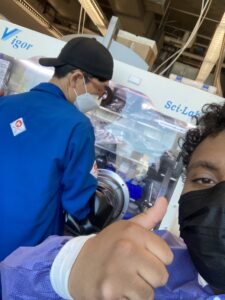
Friday we applied what our mentor taught us and used the solutions into the copper foils with different measurements one of 15 microliters and another one of 30 microliters, and then we were supposed to add them to the drying oven so we could place the copper onto the glove box. However, the substances we used weren’t fully homogenous when drying so that method was avoided, but it lead us to use another method in which we needed to calculate the thickness of a plain copper foil with the added solution, the calculations gave us around 1.58 nanometers of thickness with the added substance with 97.5 % of water and 2.5% of carboxymethyl cellulose, after that, we were given some instructions for Monday and calculate four more solutions thickness when added on the foil.
Saturday I visited San Diego Zoo with the program people I kind of went my way and I was able to finish the entire zoo in a couple of hours, in which I saw multiple types of reptiles, mammals, and amphibians. I enjoyed it a lot that trip and I believe this experience was one of the most beautiful ones of my life seeing a lot of different types of animals by myself and seeing all the characteristics that small and big animals have.

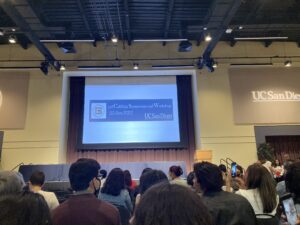
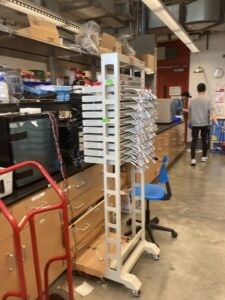
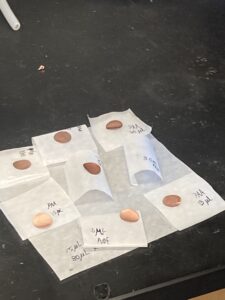
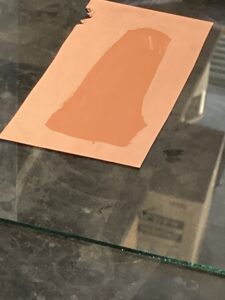
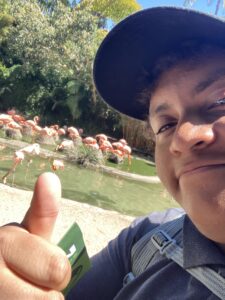
There are no comments published yet.